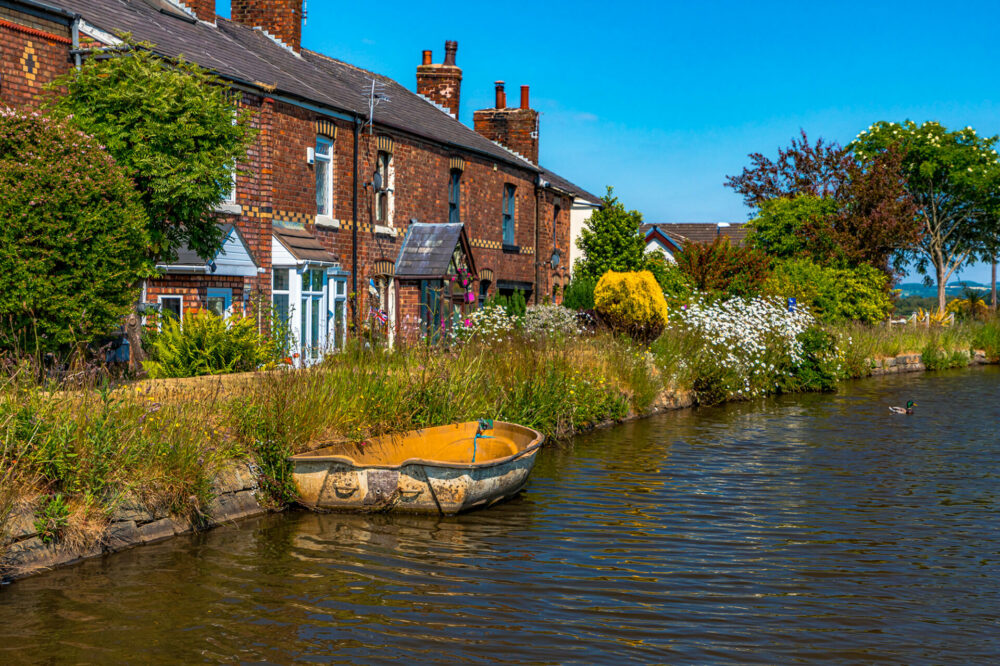What to Expect When Cruising the Canals
If you’re planning a canal boat holiday or thinking about buying or hiring a narrowboat, one question that often comes up is: how much fuel does a narrowboat use? Understanding fuel consumption helps with trip planning, budgeting, and knowing when and where to refuel.
Let’s break down the basics so you can cruise confidently along the UK’s inland waterways.
🚤 What Powers a Narrowboat?
Most modern narrowboats use a diesel engine for propulsion — similar to a car engine, but designed to run efficiently at low speeds. They usually have an engine size between 30 and 60 horsepower.
Some boats also have generator engines to power onboard electricity and appliances, but these use fuel separately.
⛽ Average Fuel Consumption: The Basics
On average, a narrowboat’s engine consumes roughly:
- 1 to 2 litres of diesel per hour when cruising
- Less fuel when idling or stationary (e.g., moored with engine off)
- Fuel consumption varies depending on factors like speed, boat size, and canal conditions.
🛥️ What Affects Fuel Use?
Several things influence how much fuel your narrowboat uses:
- Speed: Cruising faster uses more fuel. Most narrowboats travel at around 3–4 mph to conserve fuel.
- Load: A heavily loaded boat (more people, equipment) uses more power and fuel.
- Water conditions: Strong currents, locks, and bridges can increase fuel use due to frequent stopping and starting.
- Engine size and maintenance: Larger or older engines may be less fuel-efficient. Well-maintained engines burn fuel more efficiently.
- Auxiliary power: Running onboard appliances, heating, or generators can increase overall fuel consumption.
🛢️ Fuel Capacity and Range
A typical narrowboat’s fuel tank holds around 100 to 150 litres of diesel.
At an average of 1.5 litres per hour cruising, this gives you roughly 60 to 100 hours of cruising time before needing to refuel — which translates to about 180 to 300 miles of travel, depending on speed and conditions.
⛽ Where to Refuel on the Canals?
Fuel stops are available at:
- Marinas and boatyards (most common)
- Some fuel stations alongside major canals
- Certain lockside yards and service points
Always check ahead for your route — many canals have service stations, but some rural stretches have fewer options.
💡 Fuel-Saving Tips for Narrowboat Cruisers
- Cruise slowly and steadily: 3–4 mph is the most fuel-efficient speed.
- Plan your route to minimise locks: Locks use fuel during manoeuvring.
- Keep your engine well maintained: Regular servicing improves fuel economy.
- Turn off the engine when moored: Don’t idle unnecessarily.
- Lighten your load: Only carry what you need to reduce fuel use.
💰 How Much Does Narrowboat Fuel Cost?
Diesel prices fluctuate but expect to pay around £1.60–£1.80 per litre (check local prices). A typical narrowboat cruise might cost £50–£100 in fuel for a week, depending on cruising habits.
🚤 Final Thoughts
Fuel usage on a narrowboat is quite economical compared to cars or larger boats, but it still pays to plan ahead. Understanding how your boat uses fuel helps you budget and make the most of your canal holiday — keeping your journey smooth and stress-free.
Got questions about narrowboat cruising or fuel? Drop a comment below or reach out — we’re happy to help!


